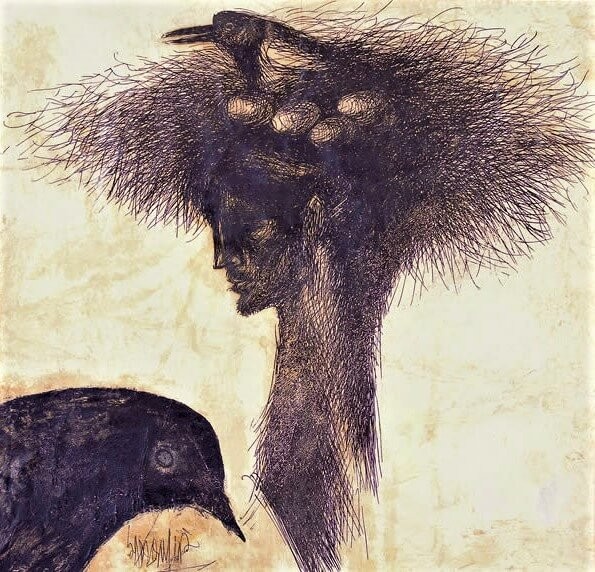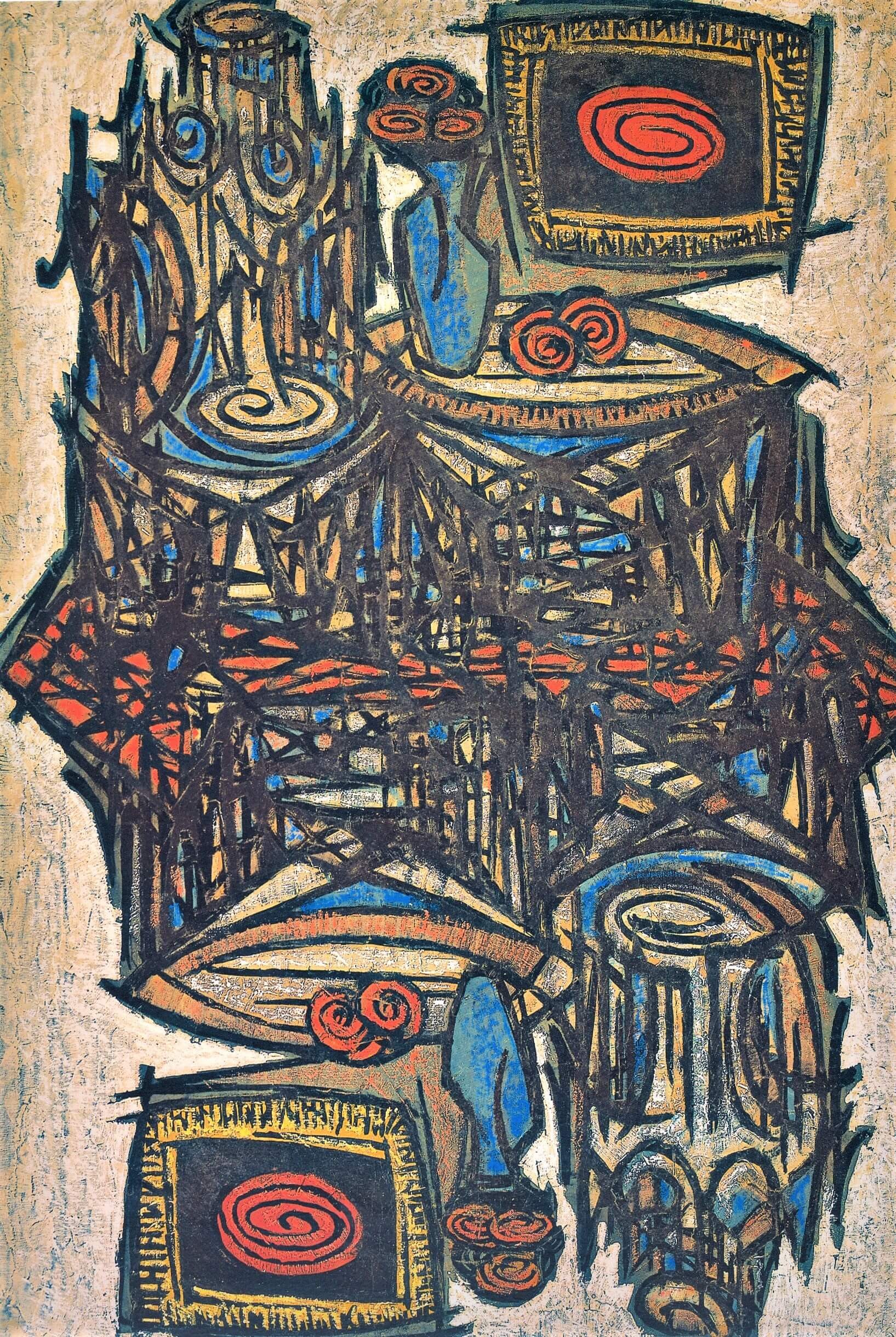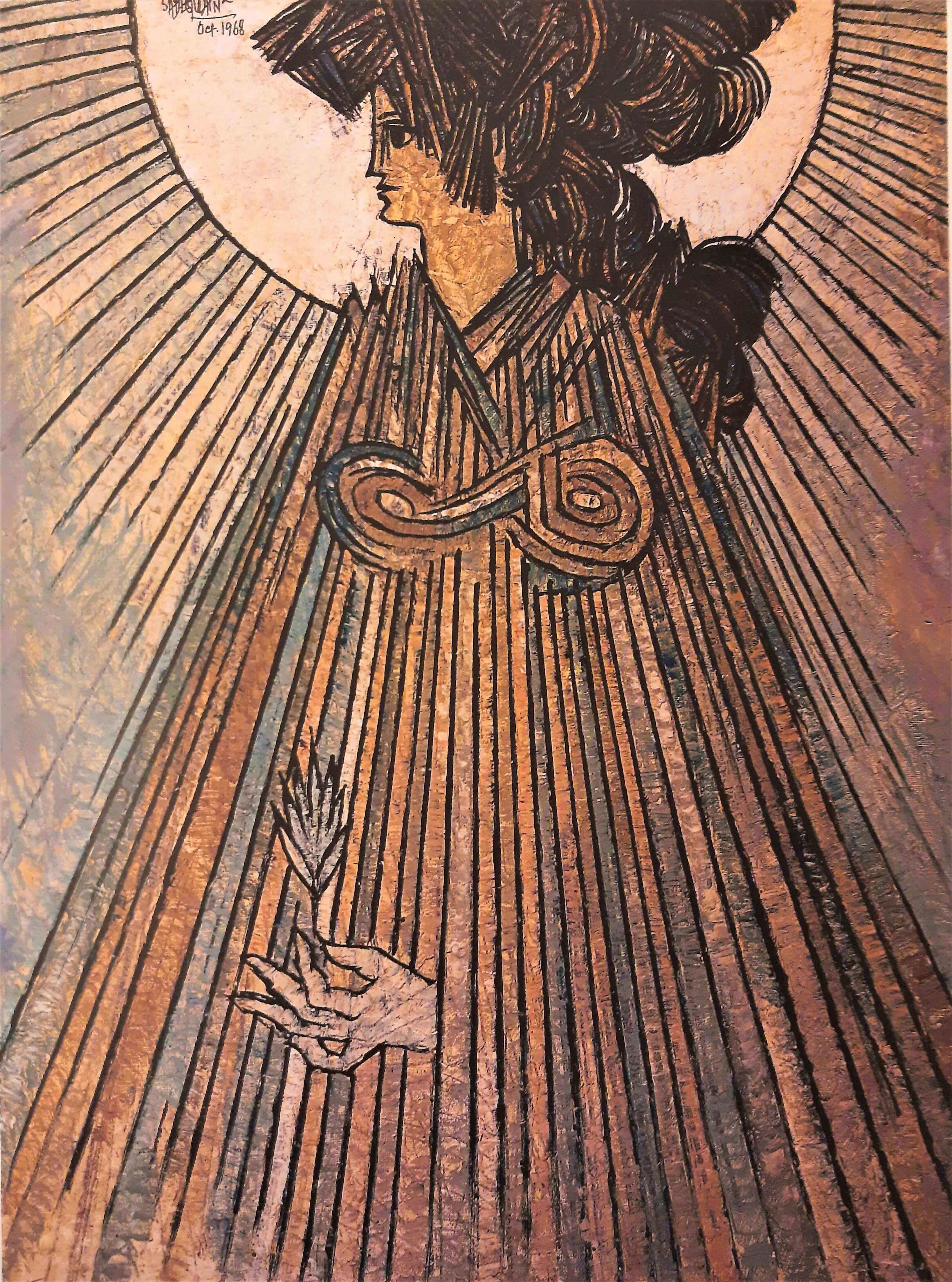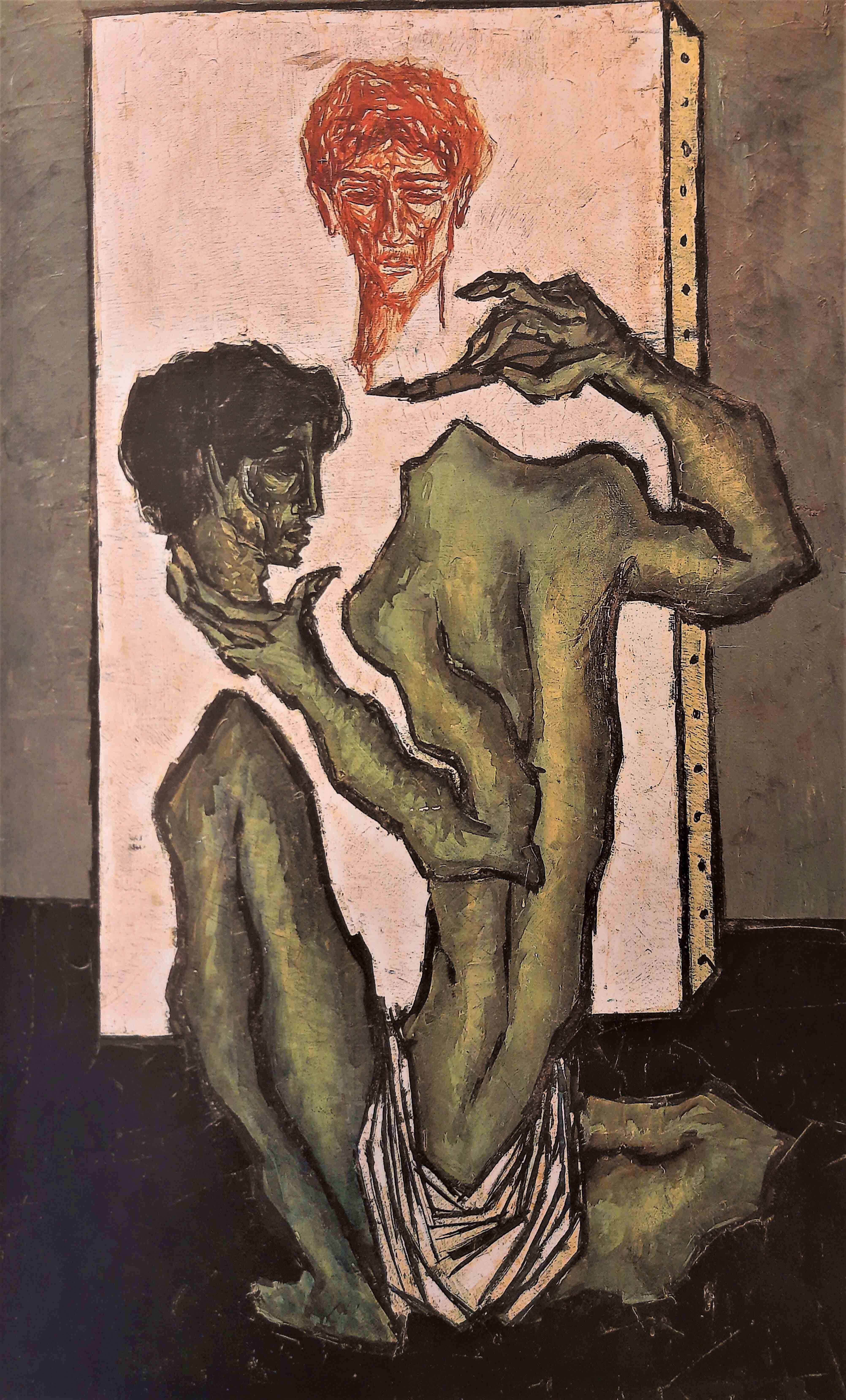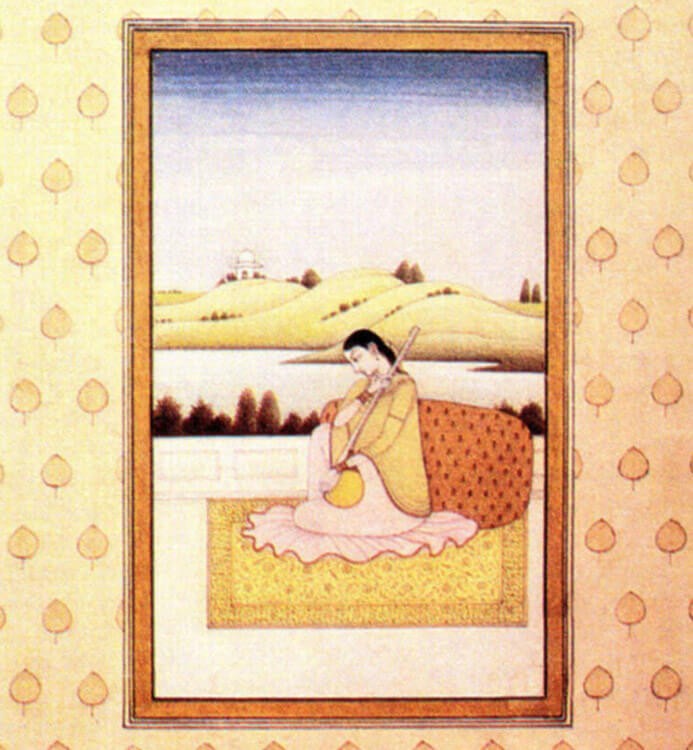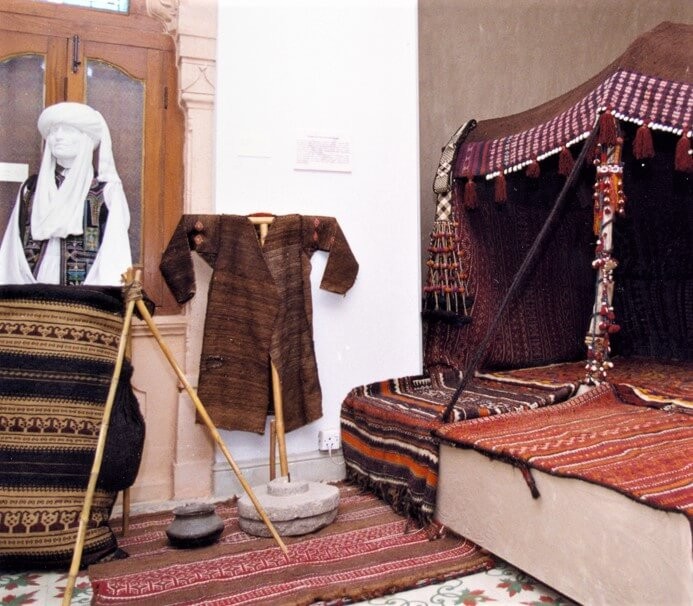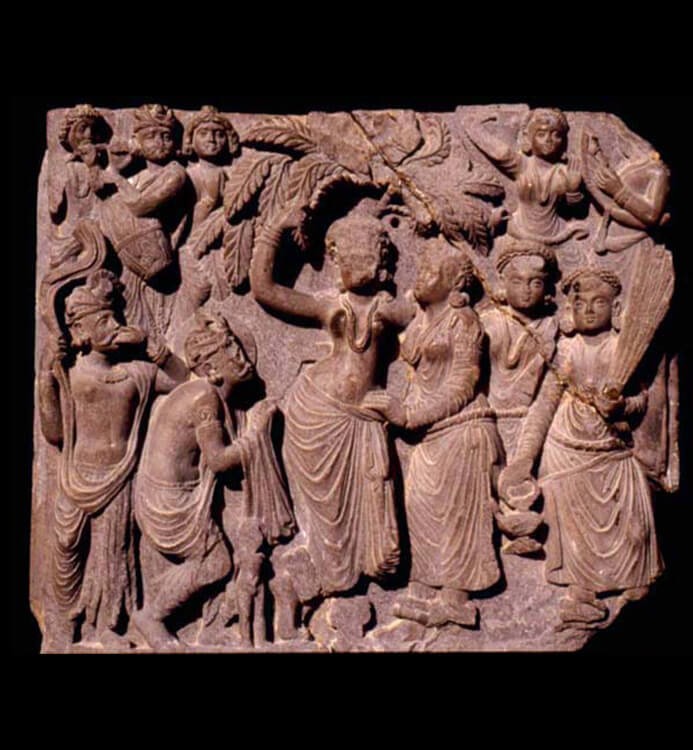February 01, 2002 - August 05, 2003
Sadequain: The Holy Sinner
One of Pakistan’s most important and enigmatic artists, Sadequain was widely thought of as a polymath. His large scale public works with graphic imagery have become a part of Pakistan’s cultural landscape, particularly at the Frere Hall in Karachi and the ceiling of the Lahore Museum. Sadequain was considered a national treasure and his death in 1987 evoked considerable media attention and public mourning. A retrospective of his work, The Holy Sinner, at the Mohatta Palace Museum was the largest exhibition to date of his work and was accompanied by a landmark catalogue. Sadequain was one of the few artists to have been feted in his lifetime; his prolific career witnessed several thousand paintings, etchings, calligraphies and drawings. He received a number of awards, among them a Laureate of the Biennale de Paris.
The Museum exhibition was a celebration of Sadequain’s vitality, innovation and restless fervour. It included an astonishing number of his works, some four hundred, carefully culled from private and public collections. It recorded the genesis of his art from his birthplace in Amroha, India to the stormy years of partition and his subsequent migration to Pakistan. The displays ran the gamut of his career from early experiments to his noteworthy years at Gadani, on the coast of Balochistan, where he had the epiphany of mystic figuration. These were mystical paintings drawing on the imagery of cacti on the beach. The exhibition touched upon many high points in his career including one of his iconic murals, Treasures of Time, which depicted a pageant of history: philosophers, artists and scientists from Western and Islamic history, including Plato, Aristotle, Da Vinci, Ghazali, Ibn Rushd to Tagore, Iqbal and Einstein. By placing his own portrait within this group of eminent thinkers and polymaths, Sadequain underscored the critical role of global discourse and exchange as catalysts not only for his own artistic practice, but as a blueprint for what a creative life should be.

An accompanying exhibition catalogue was considered a work of collectable art in of itself and reproduced the works in the exhibition to a very high standard.
A reprint of the catalogue is available in the Museum shop.





